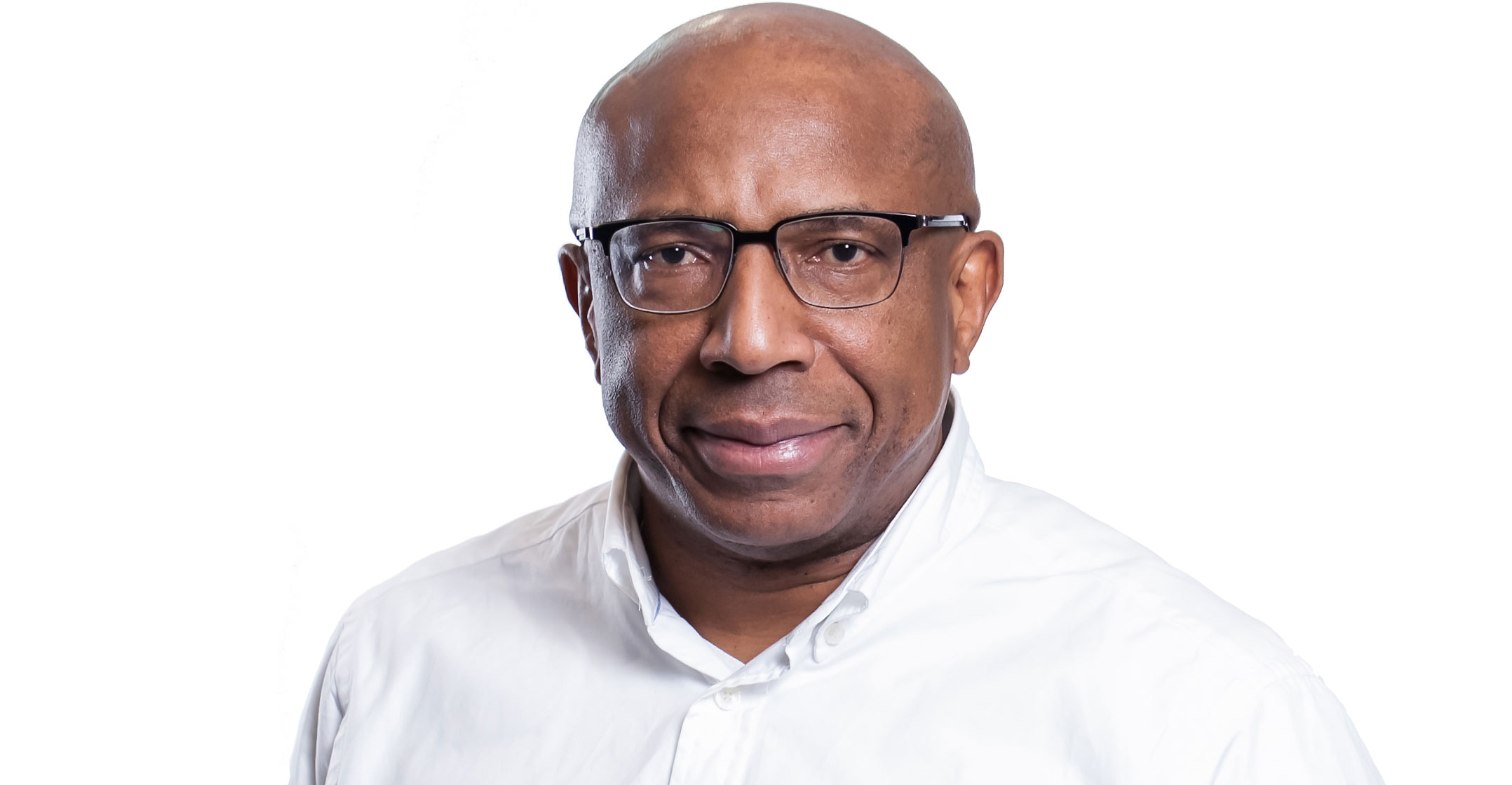
Telkom CEO Sipho Maseko said communications regulator Icasa is making a grave mistake in the way it proposes to license access to the 5G-suitable 3.5GHz radio frequency spectrum band.
Icasa surprised the industry earlier this month when it published an Information Memorandum that not only includes the 700MHz, 800MHz and 2.6GHz bands government had asked it to license, but also the 2.3GHz and 3.5GHz bands. The latter band will be one of the key ones used worldwide for deploying next-generation 5G infrastructure.
But Maseko told TechCentral in an interview on Tuesday that the way Icasa is approaching the licensing of the band — still in draft form — is problematic.
The issue, he said, is that for any meaningful 5G investment, each operator will need about 100MHz of spectrum. In the 3.5GHz band, Icasa has only 116MHz available to license, meaning that either only one mobile operator will get access or operators will only get thin slivers of the band, which won’t deliver a true 5G experience and will result in network operators having to densify their infrastructure at great cost.
Telkom already has access to some spectrum in the 3.5GHz band, but it is far from enough for 5G applications, Maseko said. “When you have 2x10MHz or 2x20MHz, it’s not 5G. We don’t have enough.”
Instead of putting slivers of the band up for auction — as proposed in the Information Memorandum — South Africa should first carefully consider its strategy around 5G. “If you accept you need 100MHz of spectrum to be able to deploy 5G efficiently, the question then becomes, what is the country’s approach going to be?”
Many uses
He emphasised, too, that it won’t only be mobile operators that want 5G spectrum. Government, he said, will need some access, as will other industries, such as automotive manufacturing. “As a country we have to ask, what is the most optimal way of deploying 5G, either at 3.5GHz or 700MHz or 2.3GHz or 2.6GHz.”
One option, Maseko said, is to license all available spectrum at 3.5GHz to government’s planned wholesale open-access network (Woan), which could then provide 5G access to operators on a wholesale basis. Under this option, the Woan should be specifically precluded from ever operating in the retail market and competing with its customers — the mobile network providers and mobile virtual network operators.
“In that way, you’d get contiguous spectrum concentrated in one area,” he said. “Capital deployment can be a lot more efficient; we won’t waste capital trying to over-densify the network. It’s a more efficient way of allocating that spectrum.”
 If this doesn’t happen, there is a risk that the industry will become “trapped in debates and fights … for another four or five years and the 5G wave will come and pass us by because we’ll still be haggling over who should have the spectrum”.
If this doesn’t happen, there is a risk that the industry will become “trapped in debates and fights … for another four or five years and the 5G wave will come and pass us by because we’ll still be haggling over who should have the spectrum”.
“We should explore unconventional ways of allocating that spectrum that we might hitherto not have been thinking about.”
Industry players and other interested stakeholders have until 31 January 2020 to provide written feedback to Icasa on the Information Memorandum. Maseko said he hopes it’s not only the mobile operators that make submissions, but government and companies in other sectors, too. — © 2019 NewsCentral Media




